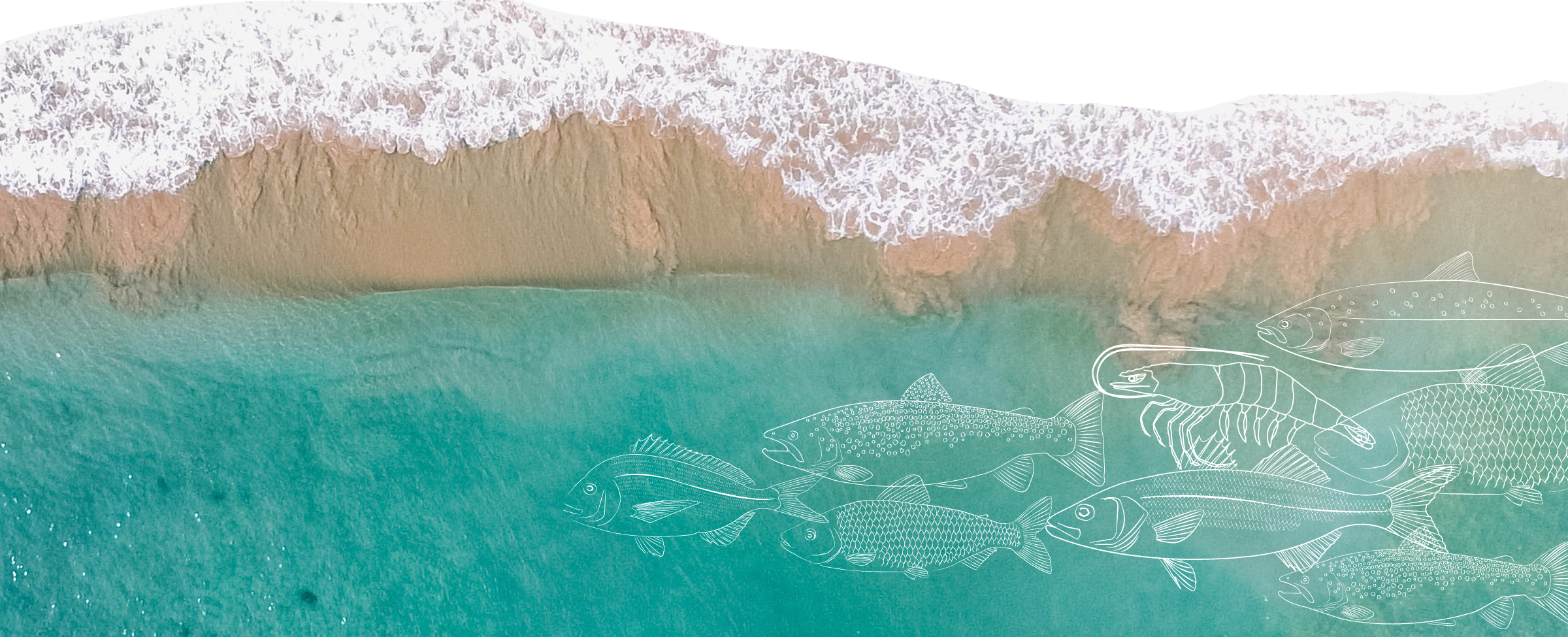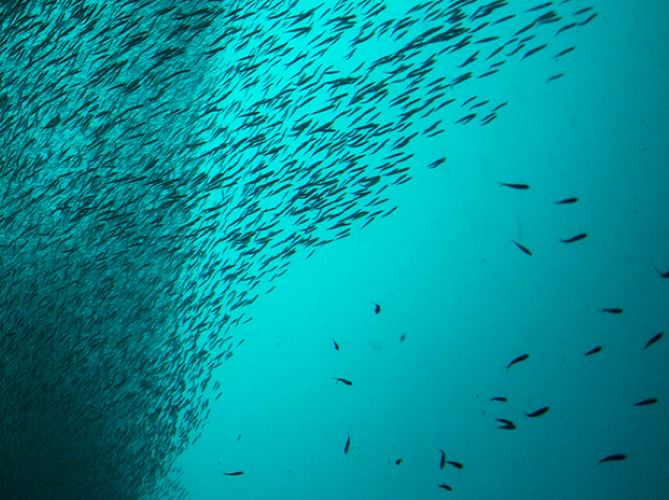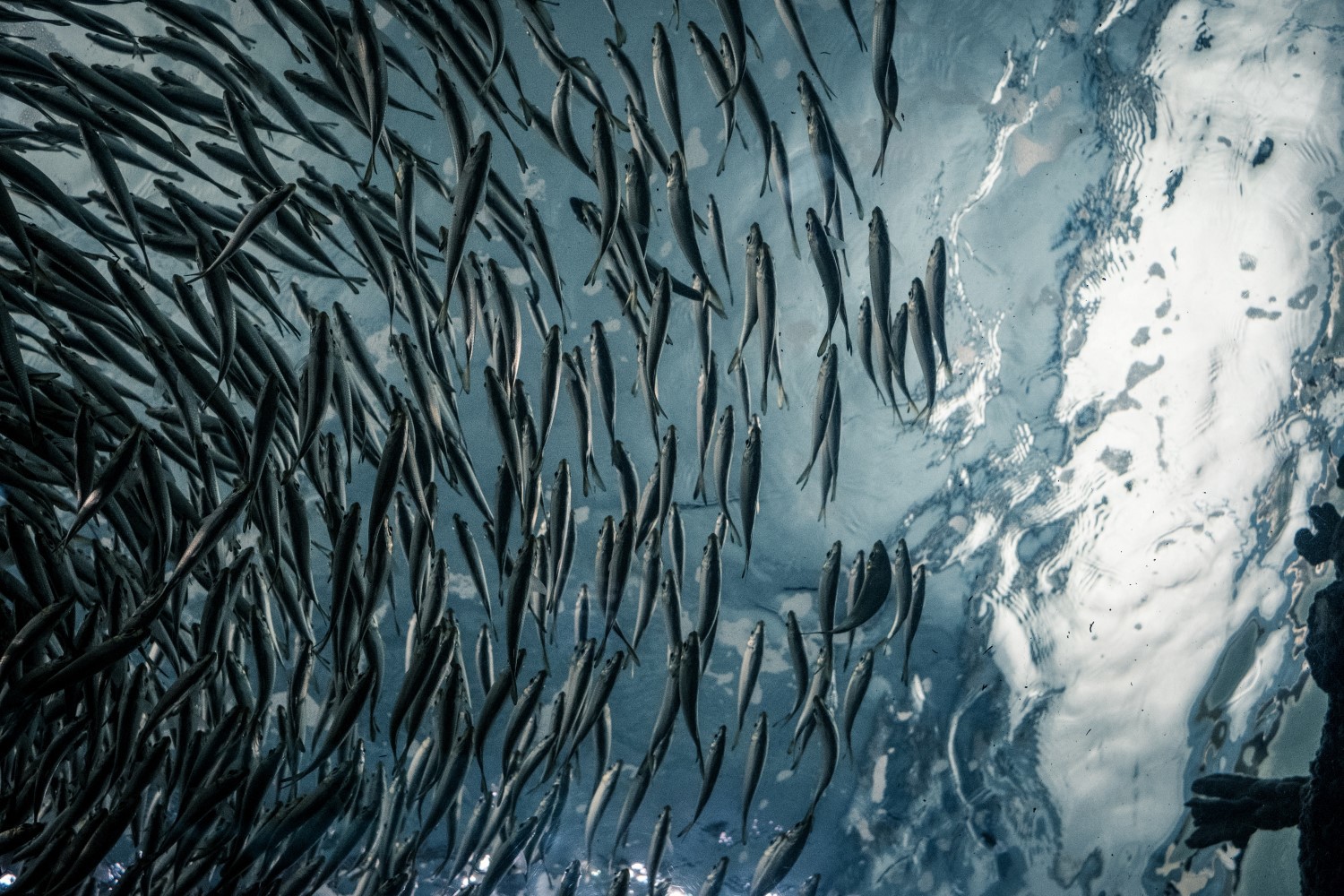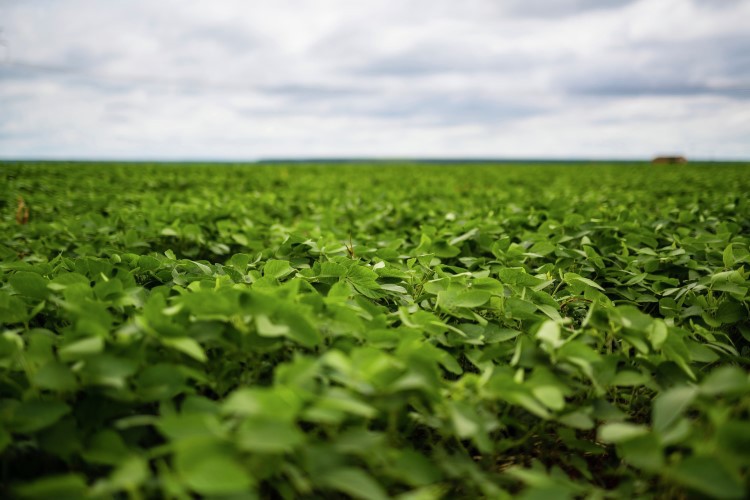
The use of wild fish for feed
Fishmeal and fish oil from wild fish are both finite resources that are shared across a range of users with increasing demands, from direct human consumption to aquaculture to pig and poultry production. We promote the efficient use of these resources, producing increasing amounts of farmed salmon from a given input of fishmeal and fish oil.
We regularly update the industry with the amount of wild fish used to produce 1kg of feed, based on the average, weighted raw material composition. The use of wild fish is commonly expressed as the forage fish dependency ratio (FFDR). It is calculated based on the use of fishmeal and fish oil. With the knowledge that we have at Skretting, salmon grower feeds essentially require zero marine ingredients. This is possible due to 30 years of R&D at Skretting Aquaculture Research Centre.
Efficiency assessments of the marine ingredients used in aquaculture are important to fully understand their contribution to the global seafood supply. Fish in:fish out (FIFO) ratios have become an important but controversial metric used to ensure that aquaculture does not negatively impact wild fish stocks. However, the fact that several approaches have been advocated to calculate the FIFO ratio, has brought criticism – particularly that the different approaches used leads to over- or under-estimates of aquaculture’s dependence on marine ingredients.
Our sustainability programme aims to support the trend toward lower the inclusion rates of marine ingredients, as well as the increasingly efficient use of marine resources.
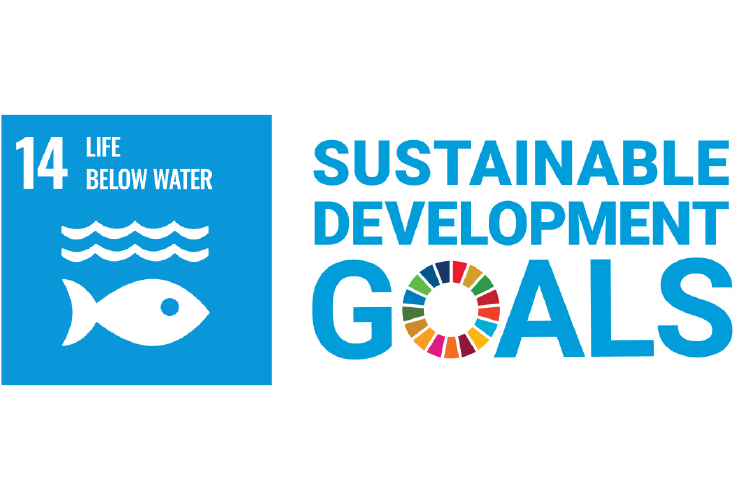
Efficiency assessments of the marine ingredients used in aquaculture are important to fully understand their contribution to the global seafood supply. Fish in:fish out (FIFO) ratios have become an important but controversial metric used to ensure that aquaculture does not negatively impact wild fish stocks. However, the fact that several approaches have been advocated to calculate the FIFO ratio, has brought criticism – particularly that the different approaches used leads to over- or under-estimates of aquaculture’s dependence on marine ingredients.
The substitution of marine ingredients with alternate feed ingredients has significantly reduced the amount of fishmeal and fish oil in aquafeed formulations for most farmed fish species, resulting in a continually decreasing FIFO ratio. Our sustainability programme aims to support the trend toward lower the inclusion rates of marine ingredients, as well as the increasingly efficient use of marine resources.
We believe it is more important to communicate to the media and the consumers the need for sustainable sourced marine ingredients for fish feed, as applicable for any other ingredient used in aquafeeds.
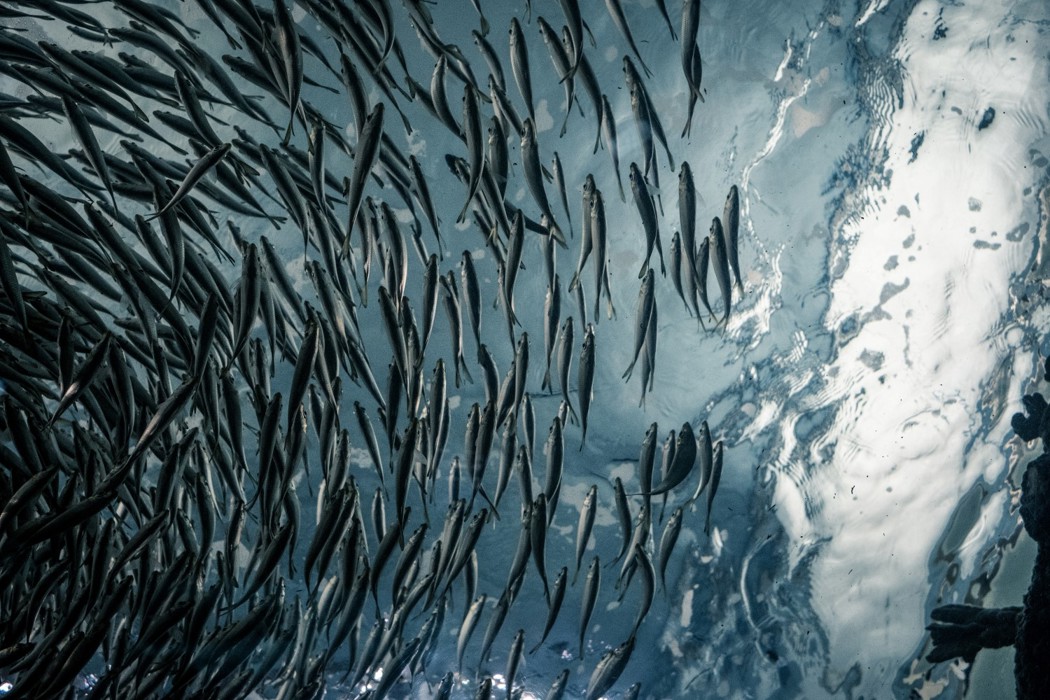
FIFO measures the amounts of fishmeal and fish oil used to produce one weight equivalent of farmed fish back to wild fish weight equivalents, while the forage fish dependency ratio (FFDR) is the amount of wild-caught fish used to produce the amounts of fishmeal and fish oil required.
Skretting recognises difference between FIFO and FFDR and how they are used by different stakeholders in different situations. That said, with a finite supply of fishmeal and fish oil, further growth of the aquaculture feed production will automatically require even further reduction of the inclusion of marine resources in the diets.
“We believe it is more important to communicate to the media and the consumers the need for sustainable sourced marine ingredients for fish feed, as applicable for any other ingredient used in aquafeeds. These should be expected to be subjected to the same level of scrutiny applied to marine-source materials whilst also of stressing the need of reduction of FIFO within the aquaculture sector.” – Trygve Berg Lea, Skretting Sustainability Manager.
In this section
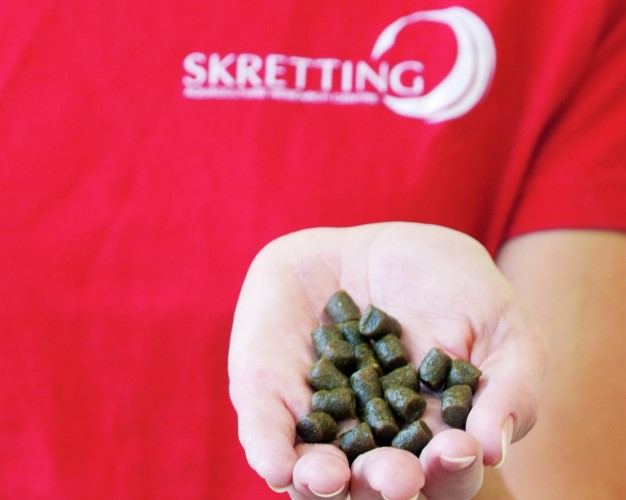
Next
About Skretting
Skretting is the global leader in providing innovative and sustainable nutritional solutions for the aquaculture industry. Skretting has production facilities in 18 countries, and we manufacture and deliver high quality feeds from hatching to harvest for more than 60 species. The head office is in Stavanger, Norway.
